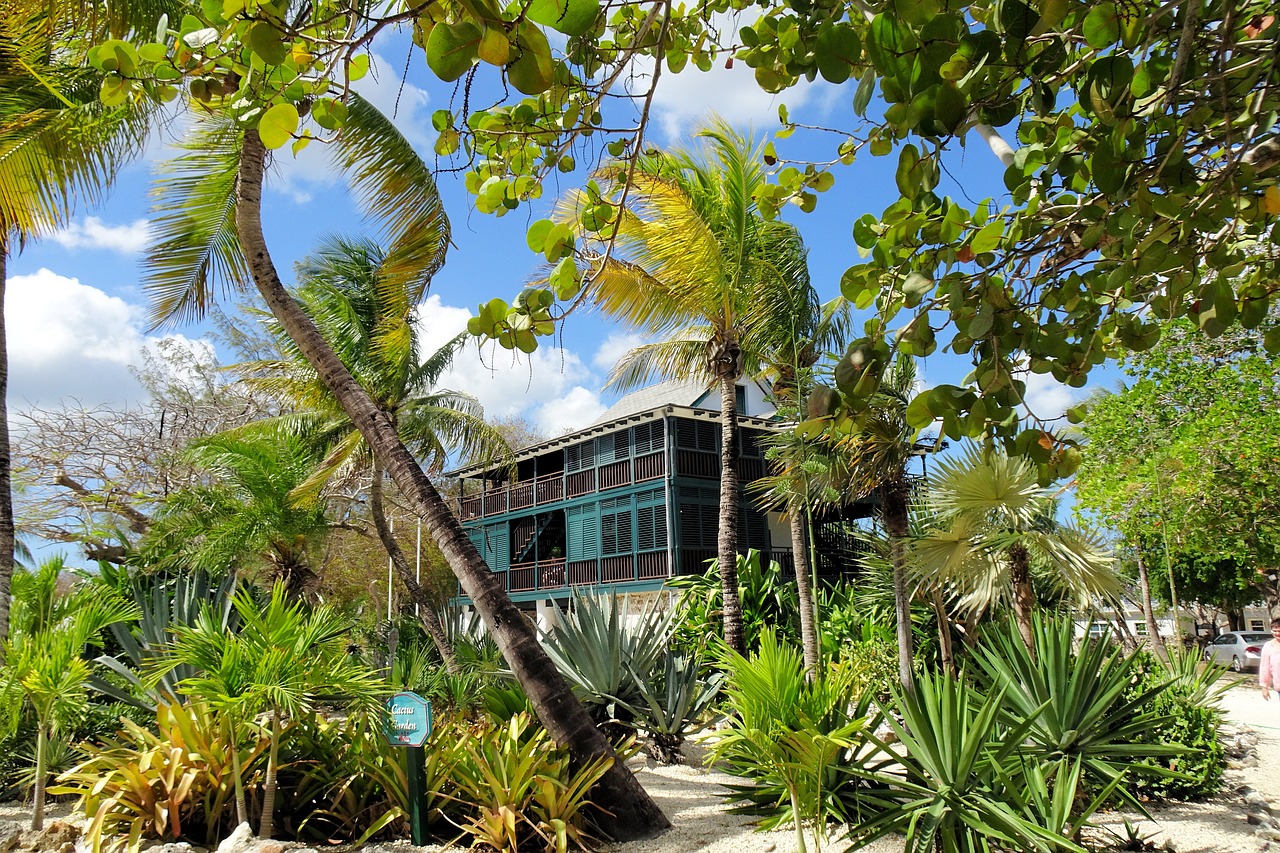Coping with Power Outages: Being Prepared in Cayman Islands
Power outages can be an inconvenience and a disruption to daily life. In the Cayman Islands, where power outages can occur due to various reasons like storms or maintenance, it is important to be prepared. This article will provide you with detailed information on how to cope with power outages in the Cayman Islands, ensuring you are ready for any unexpected loss of electricity.
Section 1: Understanding Power Outages
Power outages can happen at any time and for different durations. It is crucial to understand the causes and potential impacts of power outages in the Cayman Islands. Here are some key points to consider:
- Causes: Power outages in the Cayman Islands can be caused by severe weather conditions such as hurricanes, lightning strikes, or strong winds. Additionally, scheduled maintenance or equipment failure can also lead to power disruptions.
- Impacts: During a power outage, essential services like electricity, water, and communication networks can be affected. It is important to be prepared for these potential impacts and have contingency plans in place.
- Duration: Power outages can vary in duration, from a few minutes to several hours or even days. Being prepared for extended periods without power is essential to ensure your safety and comfort.
Section 2: Creating an Emergency Kit
Having an emergency kit ready can make a significant difference during a power outage. Here are some items you should include in your emergency kit:
- Flashlights and Batteries: Ensure you have multiple flashlights and extra batteries to provide light during the outage.
- Portable Phone Charger: Keep a portable phone charger or power bank to charge your mobile devices and stay connected.
- First Aid Kit: Include a well-stocked first aid kit with essential medical supplies.
- Non-Perishable Food: Stock up on non-perishable food items like canned goods, granola bars, and dry snacks that can be consumed without cooking.
- Water: Store an ample supply of drinking water, at least one gallon per person per day, to sustain you during the outage.
- Blankets and Warm Clothing: Keep extra blankets and warm clothing to stay comfortable if the power outage occurs during colder months.
Section 3: Securing a Backup Power Source
In the event of a prolonged power outage, having a backup power source can be a lifesaver. Consider the following options:
- Portable Generators: Invest in a portable generator to provide temporary power for essential appliances and devices. Ensure you follow safety guidelines and keep the generator outside to prevent carbon monoxide poisoning.
- Uninterruptible Power Supply (UPS): A UPS system can provide backup power for shorter durations and is ideal for keeping critical devices like computers or medical equipment running during outages.
- Solar Power: Installing solar panels can be a long-term solution to reduce dependence on the grid and provide renewable energy during power outages.
Cayman Islands Image 1:

Section 4: Staying Informed
During a power outage, staying informed about the situation is crucial. Here are some ways to stay updated:
- Emergency Alerts: Register for emergency alert systems provided by local authorities to receive timely updates on power outages and other emergencies.
- Radio: Keep a battery-powered or hand-cranked radio to listen to local news and updates.
- Mobile Apps: Install relevant mobile apps that provide real-time information on power outages and emergency services.
- Local News Sources: Tune in to local news channels or visit their websites for the latest updates on power outages and restoration efforts.
Section 5: Minimizing Power Usage
During a power outage, it is important to conserve energy to prolong the backup power and minimize the strain on the electrical system. Here are some tips to minimize power usage:
- Turn Off Unnecessary Appliances: Switch off lights, fans, and non-essential appliances to reduce power consumption.
- Use Natural Light: Open curtains and blinds to utilize natural light during the day.
- Limit Device Usage: Minimize the use of electronic devices like laptops, tablets, and gaming consoles to conserve power.
- Adjust Thermostat: Set your air conditioning or heating system to an energy-saving mode or adjust the temperature to conserve power.
Section 6: Safety Precautions
Safety should be a top priority during a power outage. Follow these safety precautions to protect yourself and others:
- Candle Safety: If using candles for lighting, ensure they are placed in sturdy holders and kept away from flammable materials.
- Food Safety: Keep refrigerator and freezer doors closed as much as possible to maintain food freshness during the outage.
- Carbon Monoxide Awareness: Never use gas-powered generators or grills indoors, as they can produce deadly carbon monoxide gas.
- Electrical Appliance Safety: Unplug sensitive electronic devices to protect them from power surges when the power is restored.
Cayman Islands Image 2:

Section 7: Community Support
During power outages, communities often come together to support each other. Here are some ways to foster community support:
- Check on Neighbors: Reach out to elderly or vulnerable neighbors to ensure their well-being and offer assistance if needed.
- Share Resources: If you have access to backup power or supplies, consider sharing them with those in need.
- Community Centers: Community centers may serve as shelters or distribution points for essential supplies during extended power outages.
Section 8: Entertainment and Communication
Staying entertained and maintaining communication with loved ones is important during a power outage. Here are some suggestions:
- Board Games and Books: Keep board games, puzzles, and books handy to engage in offline entertainment.
- Offline Activities: Plan activities like storytelling, crafts, or family discussions to keep everyone engaged.
- Alternative Communication: Have alternative means of communication such as walkie-talkies or satellite phones in case cellular networks are affected.
Section 9: Seeking Shelter
In some cases, seeking temporary shelter may be necessary during a power outage. Consider the following options:
- Emergency Shelters: Familiarize yourself with designated emergency shelters in your area and their operating procedures.
- Family or Friends: Reach out to family or friends who may have power and offer to stay with them until the power is restored.
- Hotels or Guesthouses: If available, consider booking a room at a hotel or guesthouse with backup power facilities.
Cayman Islands Image 3:

Section 10: Power Restoration
Once the power outage is resolved, it is important to take necessary steps to restore your home and ensure safety:
- Check Appliances: Inspect electrical appliances for any damage or issues before plugging them back in.
- Reset Clocks and Timers: Reset clocks, timers, and other devices that may have lost their settings during the outage.
- Restock Emergency Kit: Replenish your emergency kit with fresh supplies to be prepared for future power outages.
Section 11: Reporting and Feedback
Reporting power outages and providing feedback to the relevant authorities can help improve response and restoration efforts. Take the following steps:
- Contact Power Provider: Report the outage to your power provider through their designated helpline or online platform.
- Provide Feedback: If you have any feedback regarding the handling of the power outage, share it with the power provider for future improvements.
Section 12: Conclusion
Being prepared for power outages in the Cayman Islands is essential for ensuring the safety and well-being of yourself and your loved ones. By understanding the causes and impacts of power outages, creating an emergency kit, securing backup power sources, staying informed, and following safety precautions, you can effectively cope with power disruptions. Remember to support your community, stay entertained, and communicate during outages. Stay prepared, stay safe!
References
– Caribbean Utilities Company Ltd (CUC): www.cuc-cayman.com
– Cayman Islands Government: www.gov.ky
– National Hurricane Center: www.nhc.noaa.gov

